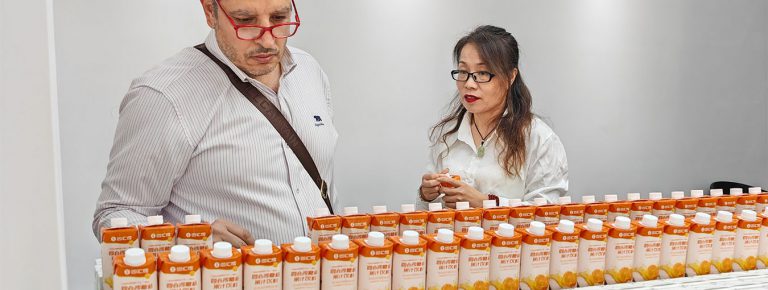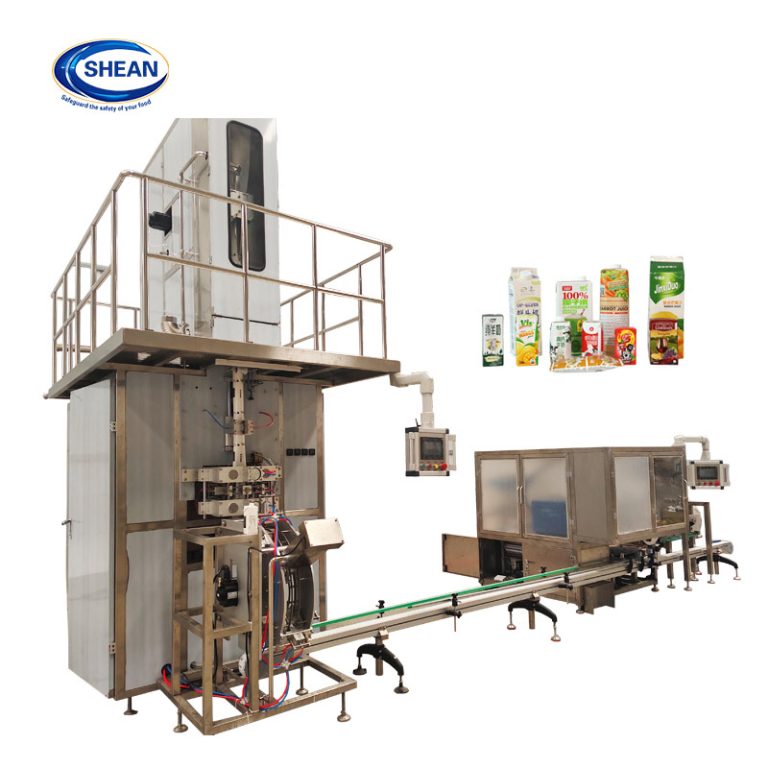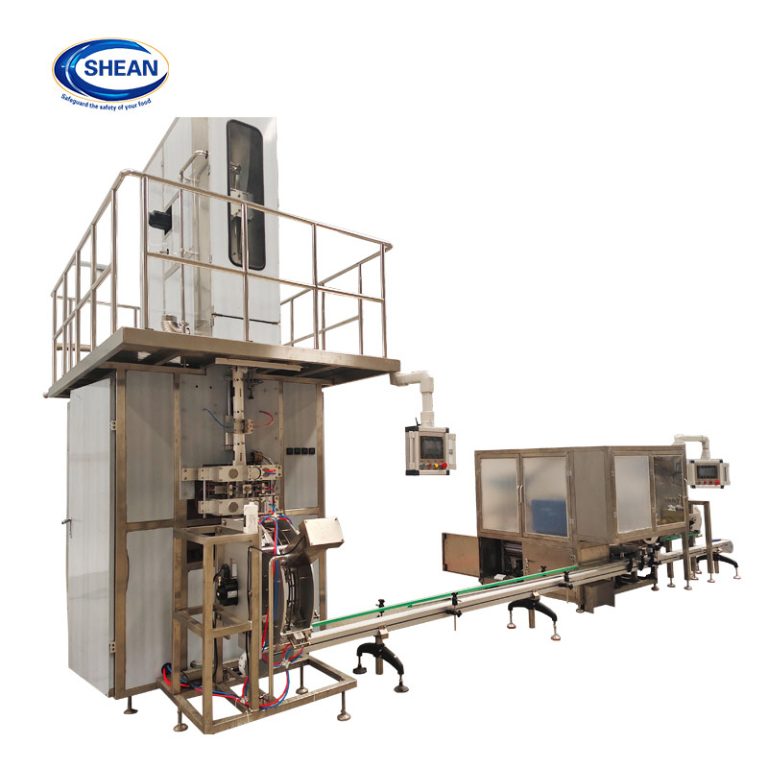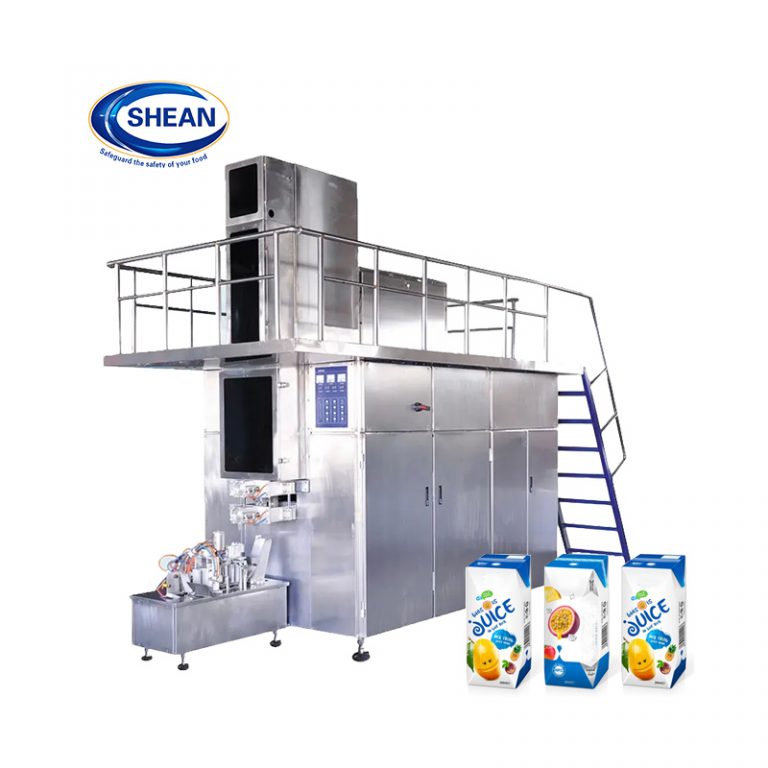Aseptic carton packaging front line
Shean (Cangzhou) Corp Ltd.has more than 20 years of production experience.
Our company has a 15-year-old OEM factory, providing filling services for domestic beverage and dairy companies. All pre-treatment equipment and filling equipment in the processing plant are produced by our company. For many years, we have been working on the front line of aseptic carton packaging. Our aseptic filling machines have achieved advantages such as automatic control, easy operation, and long service life. We have obtained more than 10 design patents. In 2021, we will obtain the Italian CE certification, and the factory will implement ISO9001 standards.
Protecting your food safety is our mission and your expectation.
Different beverages from the same aseptic filling machine
Easy to operate
On time technical support
The most advanced technology
PLC Remote Control
Laboratory testing support
Low maintenance fee
Long using life
Leave your questions here, we will get back to you within 1 hour at working time .








